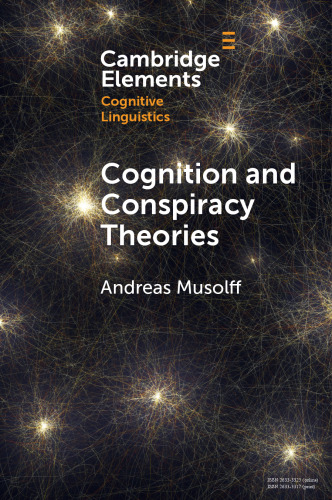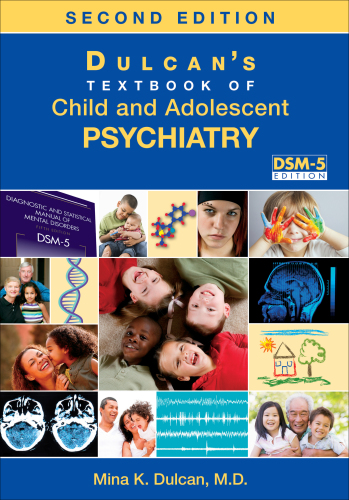How is the brain related to the mind? Do our minds work like computers? Can science’s new knowledge about the brain tell us anything of importance about the way our minds work? How can a three-pound mass of tiny jelly-like blobs connected by vast numbers of microscopic filaments be the basis of all our thoughts, feelings, memories, hopes, intentions, knowledge? Will all the new knowledge scientists are gaining about our brains enable them to read our minds with electronic devices? There is a new way of thinking about the mind and the brain which takes it for granted that the human mind is inseparable from the human body. Since the evidence indicates that the center of our mental activities is the brain, the advocates of this approach try to understand the functioning of the mind on the basis of what we know about the functioning of the brain. This new scientific paradigm has led to the construction of new theories and models of the mind which are variously known as connectionist theories, or neural network models, or theories of parallel distributed processing (PDP). Although some of the ideas on which these new theories are based have been around for over a century, the detailed working out of these models began only in the 1970s. These new ideas are called connectionist theories because they claim that our mental processes and capacities – how we perceive what is out there in the world, how our knowledge about these things is organized, how we combine all this information to draw new conclusions, how we decide what to do next in order to get what we want — can be explained on the basis of what is known about the multiple interconnections between the neurons, or nerve cells, in the brain. They are called neural network models because they present detailed computer models of how interconnected units can work together to form networks analogous to those in the brain. And they are called theories of parallel distributed processing because they claim that a variety of mental operations are carried out at the same time, in parallel, and that these operations are distributed over large numbers of units rather than occurring within individual units separately. Each of these concepts will be explained in detail shortly, but first I would like to say a little more about the relation between the mind and the brain.
چکیده فارسی
ارتباط مغز با ذهن چگونه است؟ آیا ذهن ما مانند کامپیوتر کار می کند؟ آیا دانش جدید علم در مورد مغز می تواند چیز مهمی در مورد نحوه عملکرد ذهن ما به ما بگوید؟ چگونه یک جرم سه پوندی از حبابهای ژلهمانند کوچک که با تعداد زیادی رشتههای میکروسکوپی به هم متصل شدهاند، میتوانند اساس همه افکار، احساسات، خاطرات، امیدها، نیات، دانش ما باشند؟ آیا تمام دانش جدیدی که دانشمندان در مورد مغز ما به دست می آورند، آنها را قادر می سازد تا ذهن ما را با دستگاه های الکترونیکی بخوانند؟ طرز تفکر جدیدی در مورد ذهن و مغز وجود دارد که این را بدیهی می داند که ذهن انسان از بدن انسان جدا نیست. از آنجایی که شواهد نشان میدهند که مرکز فعالیتهای ذهنی ما مغز است، طرفداران این رویکرد سعی میکنند عملکرد ذهن را بر اساس دانستههای ما در مورد عملکرد مغز درک کنند. این پارادایم علمی جدید منجر به ساخت نظریهها و مدلهای جدیدی از ذهن شده است که به عنوان نظریههای پیوندگرا یا مدلهای شبکه عصبی یا نظریههای پردازش توزیعشده موازی (PDP) شناخته میشوند. اگرچه برخی از ایدههایی که این نظریههای جدید بر اساس آنها شکل گرفتهاند بیش از یک قرن است که وجود داشته است، کار دقیق این مدلها تنها در دهه 1970 آغاز شد. این ایدههای جدید، نظریههای پیوندگرا نامیده میشوند، زیرا ادعا میکنند که فرآیندهای ذهنی و ظرفیتهای ما - اینکه ما چه چیزی را در جهان وجود دارد، چگونه دانش ما در مورد این چیزها سازماندهی شده است، چگونه همه این اطلاعات را برای نتیجهگیری جدید ترکیب میکنیم، چگونه ما تصمیم بگیرید که در مرحله بعد چه کاری انجام دهیم تا به آنچه می خواهیم برسیم - می توان بر اساس آنچه در مورد اتصالات متقابل متعدد بین نورون ها یا سلول های عصبی در مغز شناخته شده است توضیح داد. آنها مدل های شبکه عصبی نامیده می شوند زیرا مدل های کامپیوتری دقیقی از نحوه کار واحدهای به هم پیوسته برای ایجاد شبکه هایی مشابه با شبکه های مغز ارائه می دهند. و آنها را نظریههای پردازش توزیعشده موازی مینامند، زیرا ادعا میکنند که انواع عملیات ذهنی به طور همزمان و به صورت موازی انجام میشوند، و این عملیات در تعداد زیادی از واحدها توزیع میشوند نه اینکه در واحدهای جداگانه رخ دهند. هر یک از این مفاهیم بهزودی به تفصیل توضیح داده خواهد شد، اما ابتدا میخواهم کمی بیشتر در مورد رابطه بین ذهن و مغز بگویم.
ادامه ...
بستن ...
Author(s): Naomi Goldblum, Shifra Glick
Publisher: Cambridge University Press, Year: 2001
ISBN: 0521000947,9780521000949
ادامه ...
بستن ...










